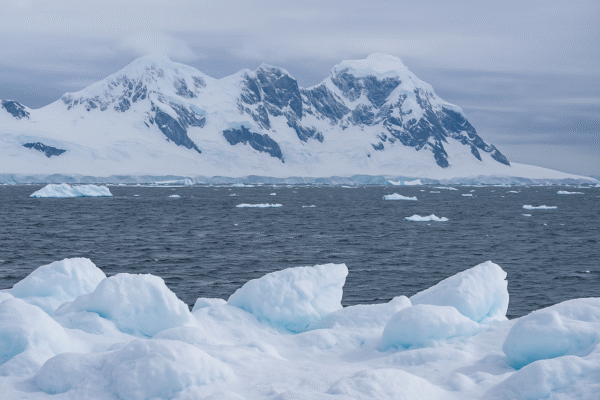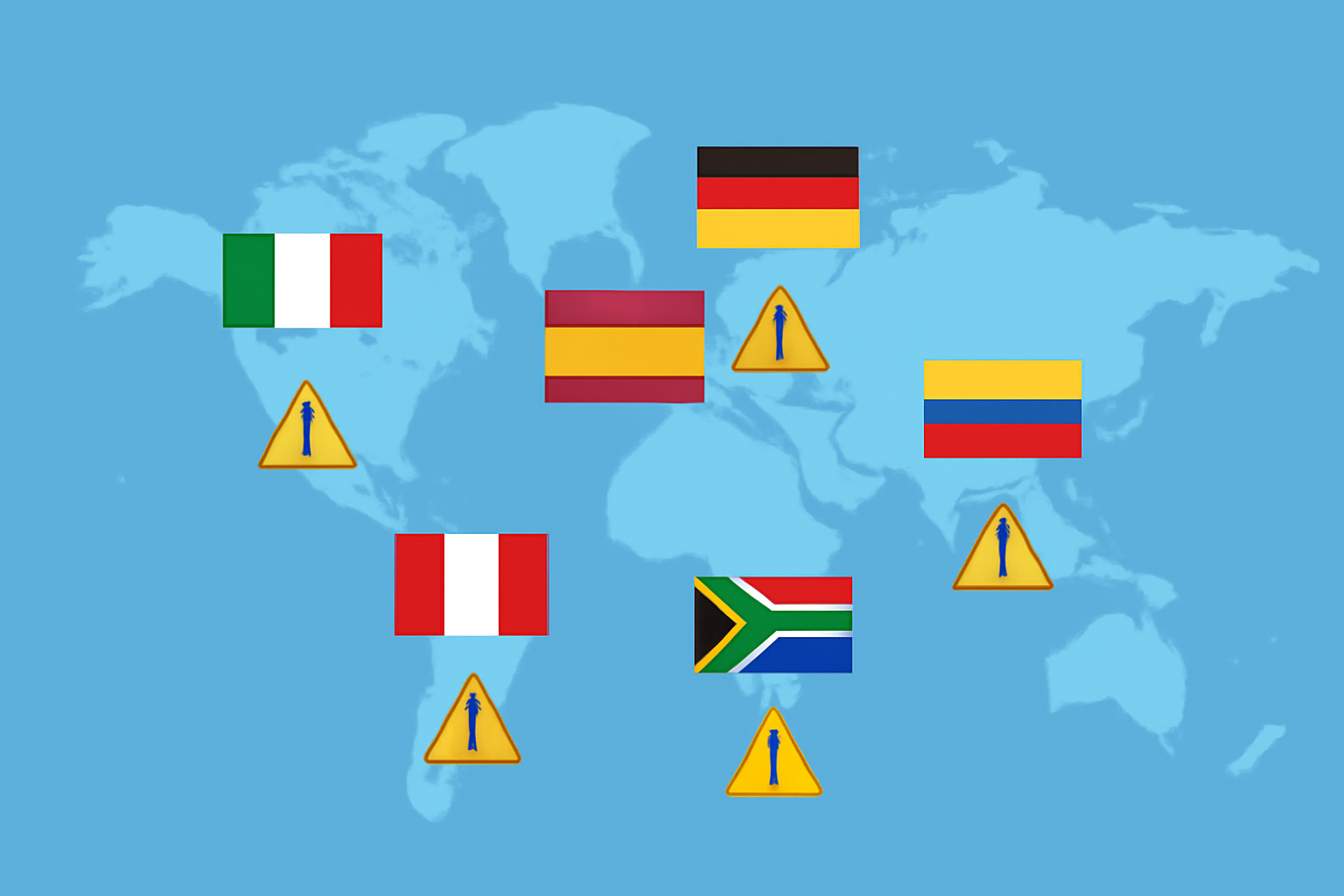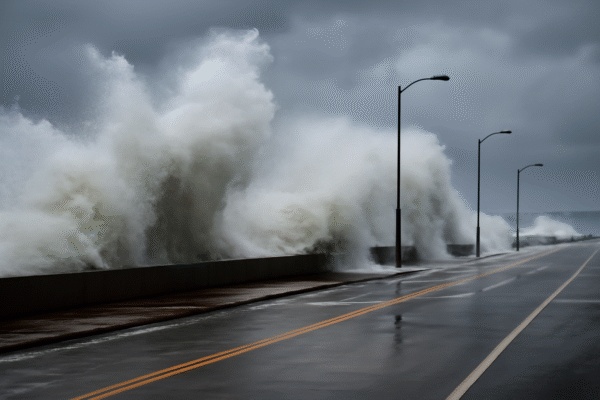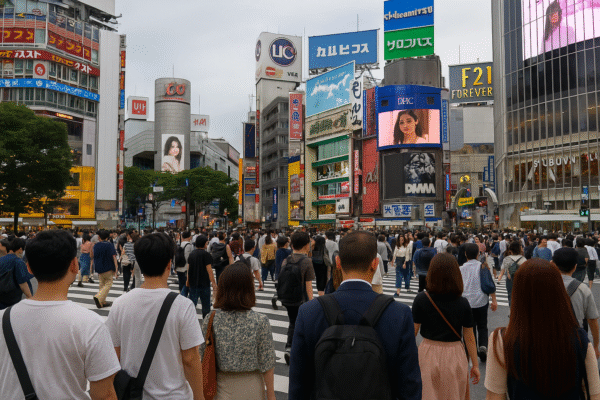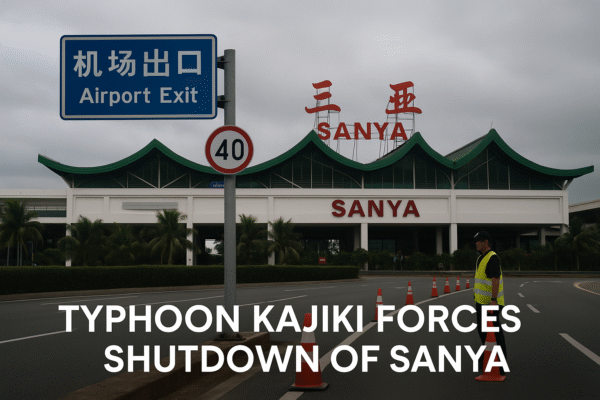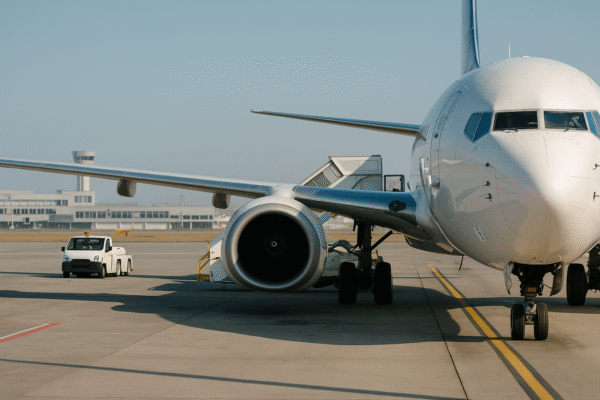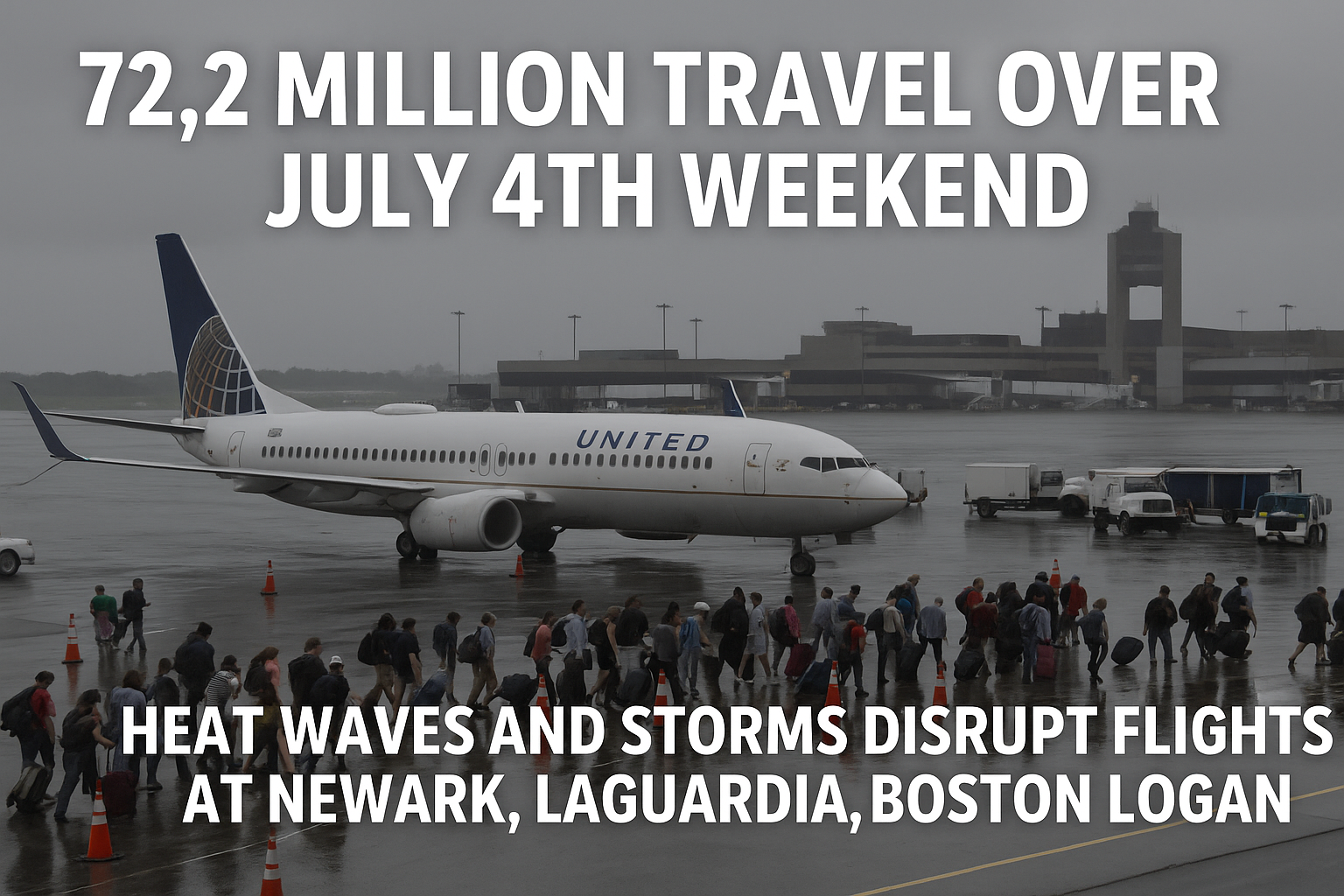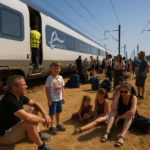The 2025 Fourth of July holiday weekend has ushered in a record-breaking travel surge, with 72.2 million Americans hitting the roads and skies—the largest number in U.S. history, according to AAA and TSA. But what should have been a season of celebration has been marred by severe weather, with flight cancellations, ground stops, tropical storms, extreme heat, and wildfire threats casting a shadow over the patriotic holiday.
Ground Stops and Delays Hit Major Airports
Beginning July 3, the Federal Aviation Administration (FAA) implemented ground stops at Newark Liberty International, LaGuardia, and Boston Logan International Airport, causing massive delays and cancellations across the country. Over 600 flights were canceled and nearly 2,000 delayed in just 24 hours, affecting travelers headed for Independence Day celebrations.
The FAA has warned of continued disruptions throughout the weekend, particularly in the Carolinas and Florida, due to ongoing storms and potential tropical disturbances.
Meanwhile, the Transportation Security Administration (TSA) reported that over 18.5 million passengers are expected to pass through security checkpoints between July 1 and July 7. The surge is expected to result in longer screening times, particularly for travelers without Real ID-compliant identification, which still causes bottlenecks at many U.S. airports.
Road Congestion Builds Nationwide
While air travelers faced tarmac chaos, over 61.6 million Americans chose to travel by car, causing widespread congestion on U.S. highways. Data from INRIX, a global transportation analytics company, indicates that the busiest road travel window occurred from noon to 7 p.m. on July 4, with major delays expected along corridors near urban centers like Los Angeles, Chicago, Atlanta, and New York City.
Travelers are advised to depart in early morning hours or wait until late evening to avoid gridlock, particularly on return days between July 6 and July 7.
Dangerous Heat Grips the Midwest, Great Lakes, and Northeast
An oppressive heat dome continues to intensify across large swathes of the country. Temperatures are running 10°F to 20°F above seasonal norms, with the National Weather Service (NWS) issuing heat advisories and excessive heat warnings in cities such as Chicago, Detroit, St. Louis, and Burlington.
Heat indices in some areas are expected to exceed 100°F (38°C), prompting concerns for both travelers and those attending outdoor festivals and fireworks displays.
Authorities have issued reminders to stay hydrated, seek shade, and avoid strenuous activity during peak afternoon hours.
Wildfire Risks Threaten the West
Simultaneously, red flag warnings have been issued across the western U.S., including Oregon, Idaho, Utah, and Nevada, where dry conditions and strong winds are fueling wildfire outbreaks. Several counties in Northern California and Eastern Washington have already issued evacuation orders, with local authorities placing restrictions on fireworks displays to mitigate fire risk.
The National Interagency Fire Center (NIFC) warns that 2025 may see one of the most active wildfire seasons in recent memory, given ongoing drought and extreme temperatures.
Florida and Southeast Face Tropical Disturbance
To complicate matters, the National Hurricane Center (NHC) is monitoring a tropical disturbance off the Gulf Coast, which may not evolve into a named storm but is already bringing torrential rain and flash flood risks to central and southern Florida. Popular vacation destinations including Orlando, Tampa, and the Florida Keys are experiencing frequent downpours and possible flight delays or cancellations due to low visibility and waterlogged runways.
Travelers to Florida and the broader Southeast are urged to stay informed via real-time NWS alerts and check with airlines for itinerary updates.
Outlook for the Rest of the Weekend
While meteorologists expect conditions to improve in the Northeast by Friday evening, allowing some fireworks shows to proceed, Florida, Georgia, and the Carolinas will likely remain under rainy, unstable conditions through the weekend.
Despite the turbulent weather and logistical headaches, Americans are still determined to enjoy the holiday. Many tourist destinations have adjusted their safety protocols, with state and national parks offering early closures, heat shelters, and firework alternatives to ensure visitor well-being.
Travel Tips for a Safe and Smooth Fourth of July:
- Air Travel: Monitor your flight status through airline apps and FAA advisories. Arrive at least 2.5 hours early and prepare for long TSA lines.
- Driving: Avoid traveling during peak traffic hours (noon–7 p.m.). Use navigation apps to reroute around congestion.
- Weather: Check daily heat and wildfire alerts. Avoid strenuous activities during peak heat, and stay indoors if wildfire smoke is present.
- Tropical Storms: Florida-bound travelers should pack waterproof gear and check weather updates hourly.
As record-breaking crowds move across the country, the 2025 Fourth of July weekend is proving to be both historic and challenging. With the right precautions and real-time updates, travelers can still make the most of this beloved American holiday—safely and smartly.
Let’s keep the stars and stripes flying high, even if the skies are a little stormy.
For more travel news like this, keep reading Global Travel Wire




